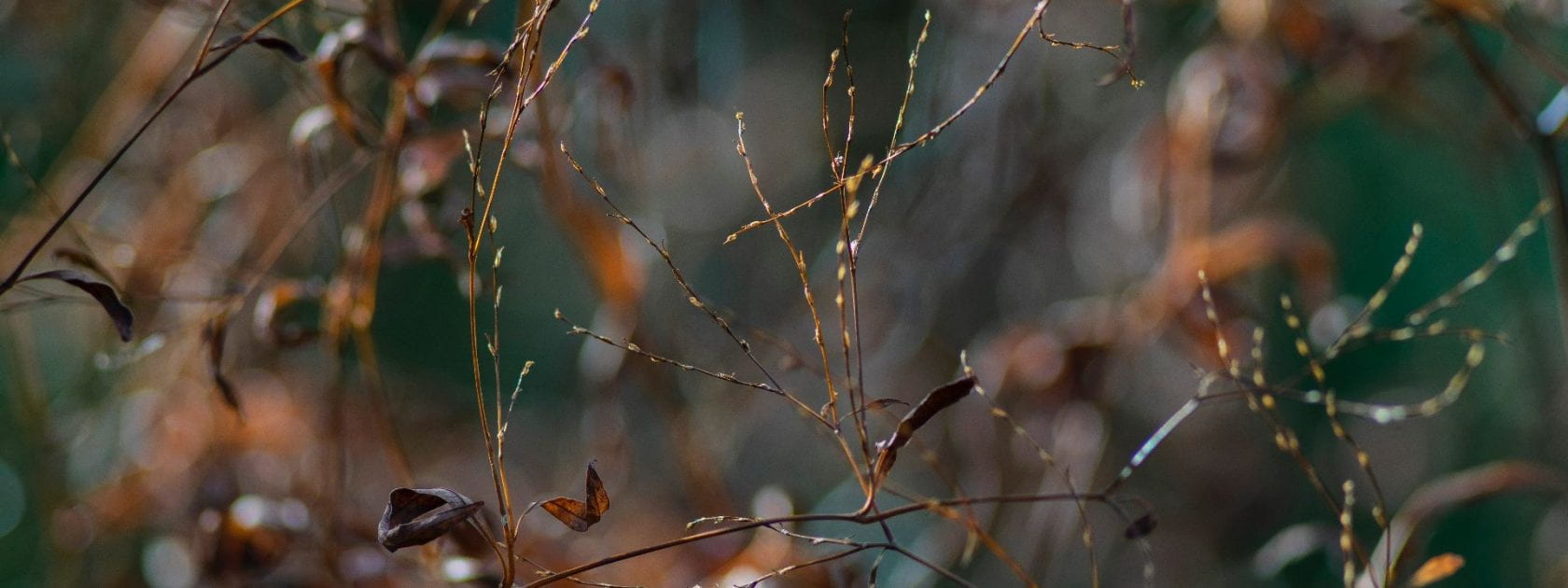The Perennial Life Form
By Liane Miedema Brown
PER`EN`NI`AL (pəˈrenēəl/)
Adjective
“Present at all seasons of the year. Persisting, usually with new growth from a perennating part. Persisting without interruption.”
There are many types of life-forms recognized in environmental research. For example, the Raunkiær plant life-form describes several strategies that plants use to persevere. One such category is that of Therophytes, plants that sprout and grow rapidly when conditions are favourable. These communities survive to subsequent generations through storing genetic materials and resources in seeds, which wait without signs of life in the cold, the dry, and the dark until favourable conditions return. This is an example of an annual life-style: The potential of returning for a short season if seeds survive and resources are plentiful, but starting over. This works for many… but this is only one strategy.
The perennial is another example of life-form; Phanerophytes, Epiphytes, Chamaephytes.
These plants return continuously. Some never die back, maintaining growth throughout the year, new life stemming from a perennating bud. Some are dormant for a time, yet maintain the structures and frameworks of previous years growth.
This is the life form that has inspired GIER’s Symposium.
Perennial has several meanings, from ‘showing up again, year after year’ to ‘present at all seasons’ to ‘enduring or continually recurring’. These ideas of continuity, enduring presence, and recurrence are reflections of the GIER Symposium! More than just a singular event, our symposium is a celebration of interdisciplinarity between the sciences, the humanities, the arts, and engineering all surrounding environmental research. This can take many forms, from events specifically designed to share GIER funded research, to networking between like-minded institutes, to connecting students in different disciplines all with a passion for the environment.
Perennial is a reflection of the continuous nature of our work at GIER. It encourages us to reflect on our theme of Edge Effects –the unique interactions in the border spaces — throughout the year rather than for a single event. Our perennating stem is our vision of breaking down barriers between the disciplines, connecting the extraordinary existing environmental research capacity across all seven colleges of the University, and building a new robust collaborative platform beyond campus to tackle complex environmental problems.
From this we see new growth persisting both at the University of Guelph and beyond!
Banner photo credit: Olli Kilpi on Unsplash



